



FY-SLT46
FY LIGHTING
| Availability: | |
|---|---|
| Quantity: | |
Specification
Power |
400W |
600W |
800W |
1000W |
1200W |
LED chip |
120/168PCS |
180/252PCS |
240/336PCS |
300/420PCS |
360/504PCS |
Battery |
3000mah |
3000mah |
3000mah |
4500mah |
4500mah |
Working time |
12H |
||||
Working mode |
Motion sensor + all bright |
||||
Material |
ABS plastic |
||||
N.W |
0.82KG |
0.98KG |
1.15KG |
1.35KG |
1.60KG |
Product size |
165*45*373mm |
165*45*437mm |
165*45*496mm |
165*45*556mm |
165*45*615mm |
Color box |
18x8x27CM |
18x8x33CM |
18x8x39CM |
18x8x45CM |
18x8x51CM |
Accessories |
Remote & screws packaging |
||||
How many years shall we replace the battery during solar street light use?
The battery replacement cycle for solar street lights usually takes 2 to 5 years, depending on the battery type, quality, usage, and environmental conditions.
1. Battery type and quality: Different types of batteries have different lifespans. For example, lead-acid batteries typically have a shorter lifespan, typically around 2 to 3 years; Lithium iron batteries have a longer lifespan, reaching 3 to 5 years. Meanwhile, high-quality solar cells use efficient photovoltaic materials and advanced manufacturing processes, which can provide higher charging efficiency and longer service life.
2. Usage: The frequency of use, charging and discharging cycles, and the degree of deep discharge of solar street lights can all affect the lifespan of the battery.
3. Environmental conditions: The environment in which solar street lights are installed, including factors such as temperature, humidity, and climate, can also affect the battery life.
To ensure the normal operation of solar street lights and maximize the battery life, it is recommended to regularly check the condition of the battery and replace it in a timely manner as needed. The specific replacement cycle can be determined based on the actual situation of the battery and the manufacturer's recommendations.
How to extend battery life when my customers are using the solar street lights bought from me?
To extend the service life of solar street light batteries, the following aspects can be considered:
1. Prevent overcharging and discharging of batteries: This is an important factor affecting the lifespan of batteries. Overcharging can cause thermal runaway of the battery, while over discharging can affect the number of charging and discharging cycles of the battery. Therefore, the charging voltage value should be strictly provided according to the instructions for use, and the solar battery should be used correctly to prevent excessive discharge of the battery.
2. Prevent undercharging of the battery: If the battery frequently remains undercharged, it will reduce the number of battery cycles and shorten the battery life. This situation may be due to a problem with the rack system, or it may be due to low voltage.
3. Control the ambient temperature: Both high and low temperatures can affect the service life of solar batteries. The typical usage environment for solar street lights is -20 °~40 ° C. The TCS technology for solar street lights can control battery charging and discharging, detect battery pack temperature, and enable solar street lights to be used in environments between -20 °~60 °.
4. Prevent rainwater from entering: The outer packaging of solar batteries must be tight enough to prevent rainwater from entering and affecting the battery's service life.
5. Stability of discharge charging: Frequent charging and discharging of lithium batteries, charging when not fully discharged, using external power sources, charging while using, or continuing to use external sources after charging, will not cause additional loss to the battery. However, during the charging and discharging process, voltage should not be too high or too low, otherwise it will affect the lifespan of the battery.
6. Control of charging and discharging: The number of charging and discharging times for batteries is limited, and we need to manage the number of charging and discharging times in order to maximize the lifespan of solar street light batteries.
7. Avoid purchasing spare lithium batteries for storage: even if the battery is not in use, its lifespan is naturally compromised.
The above is a method to extend the service life of solar street light batteries, hoping to be helpful to you.
IP66 CERTIFICATE
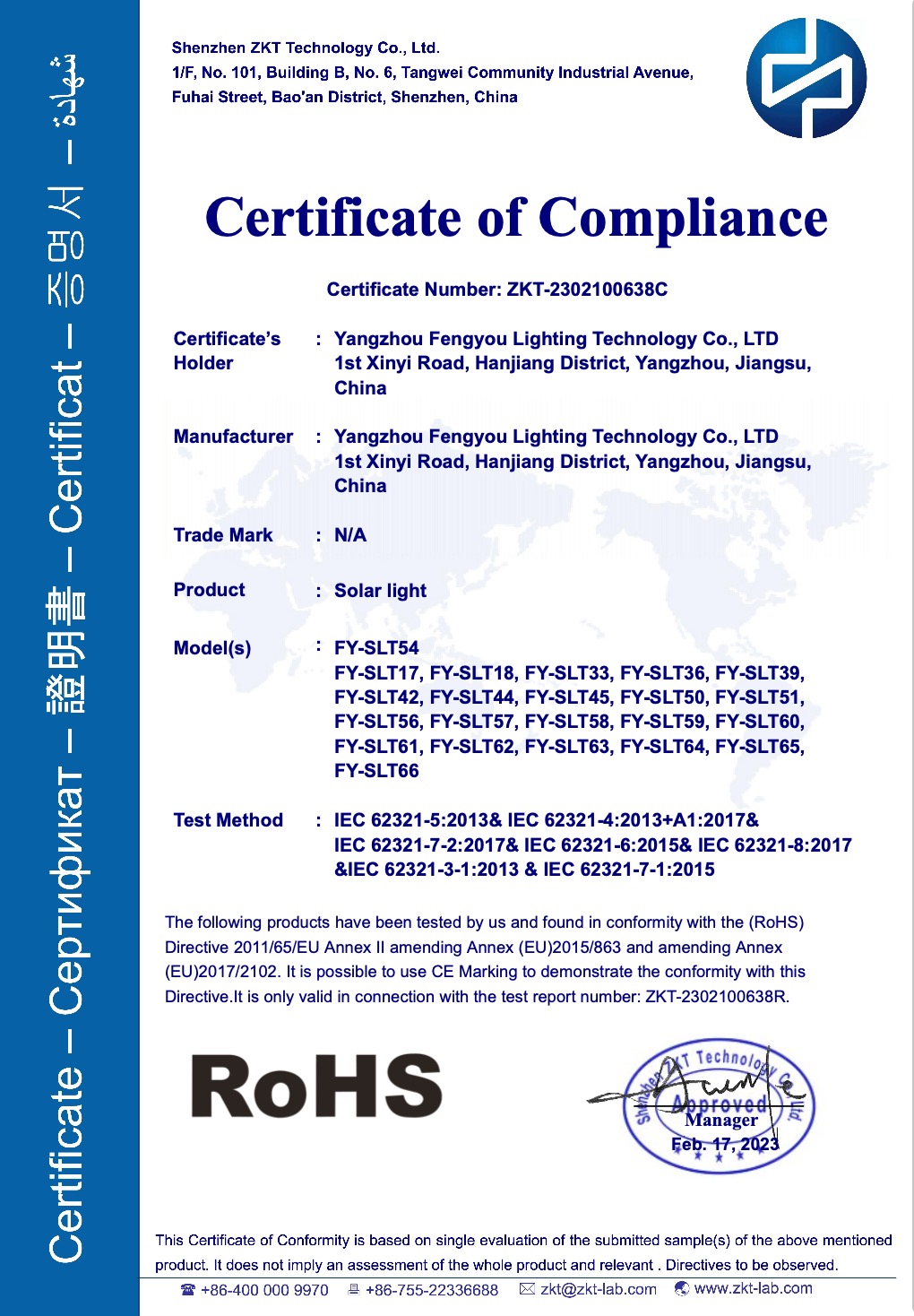
FCC CERTIFICATE
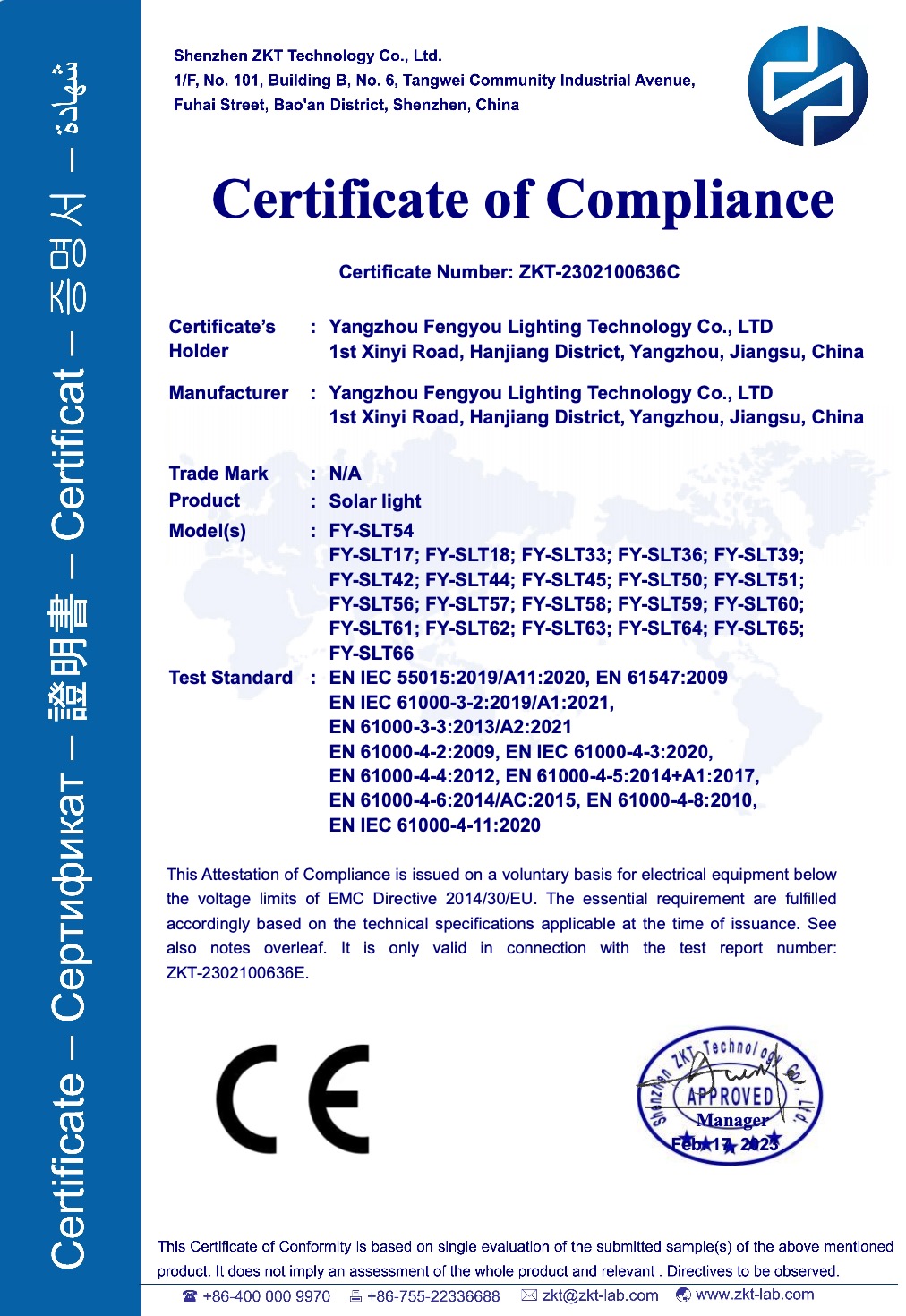
CE CERTIFICATE
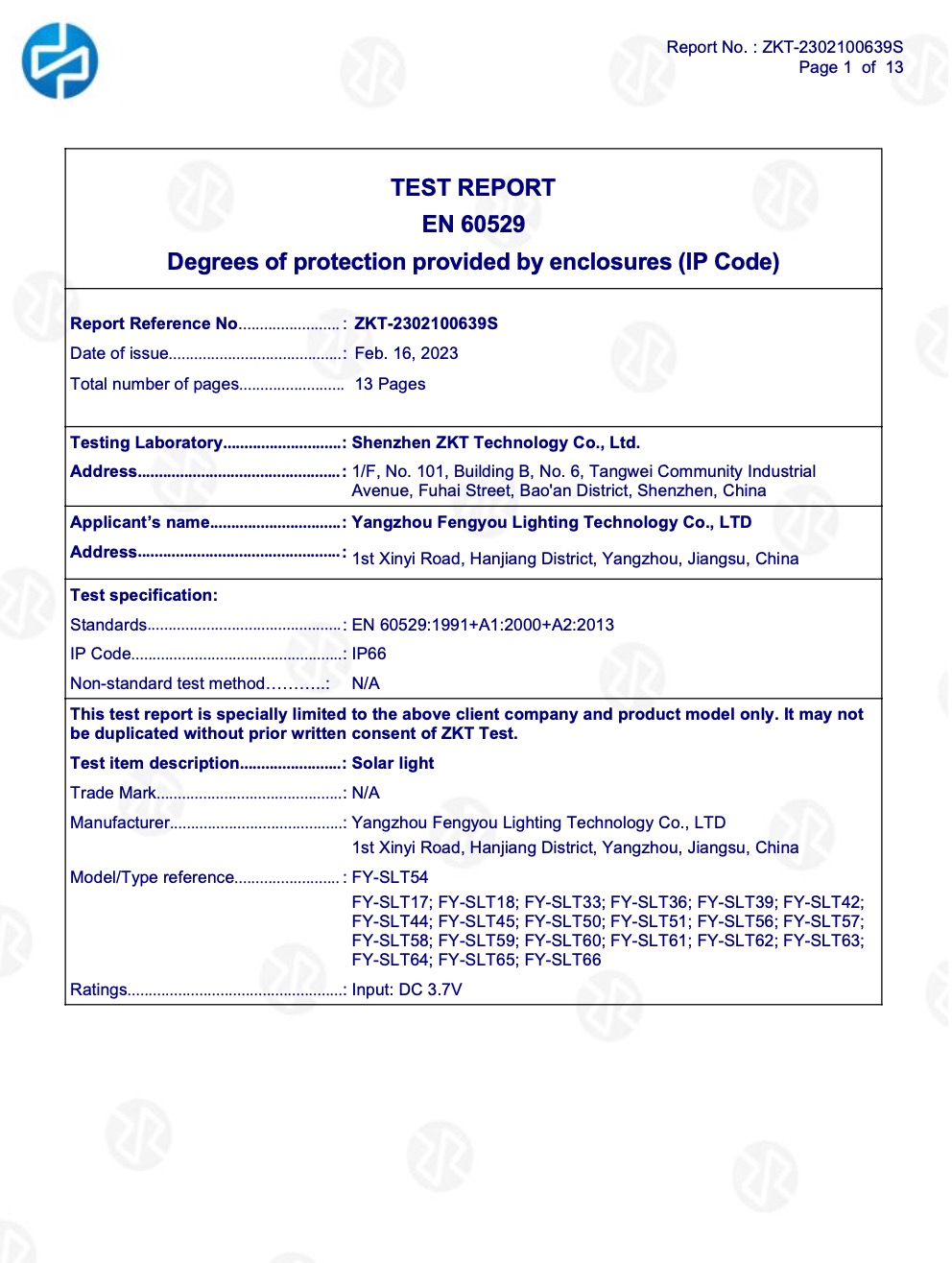
IP66 REPORT
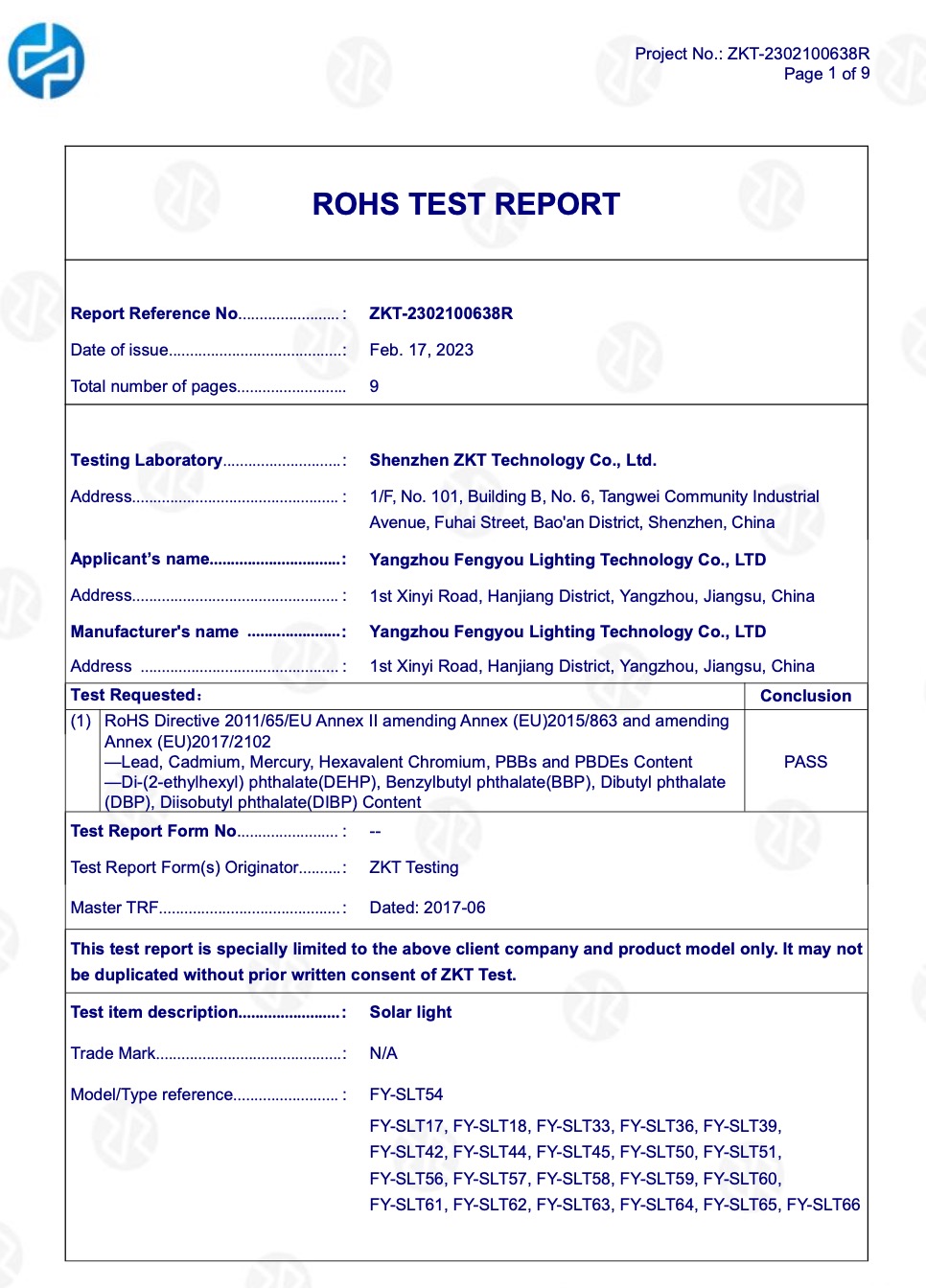
ROHS REPORT
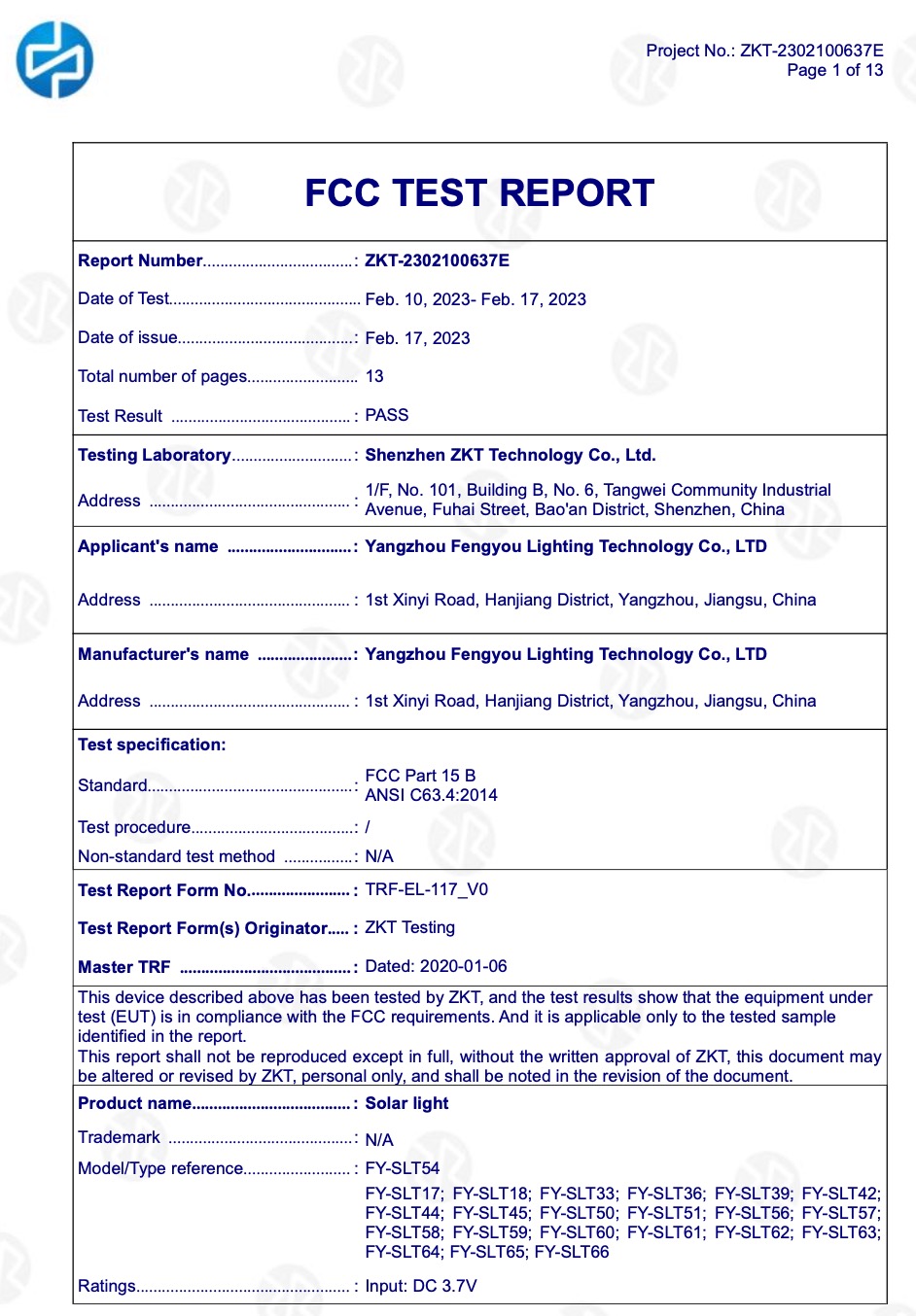
FCC REPORT
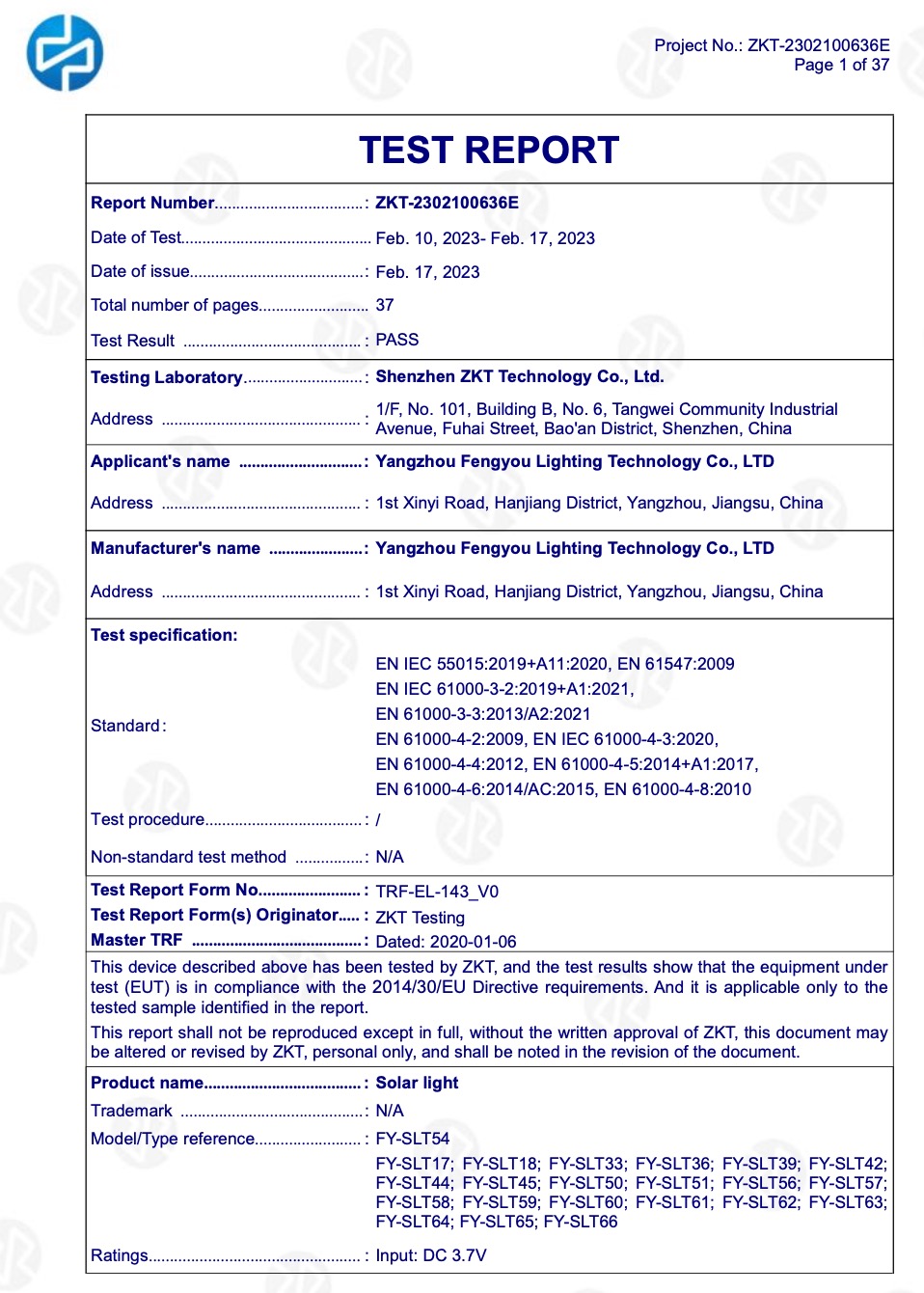
CE REPORT
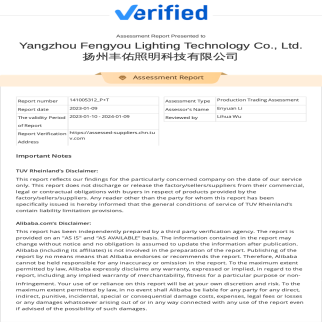
TUV-1
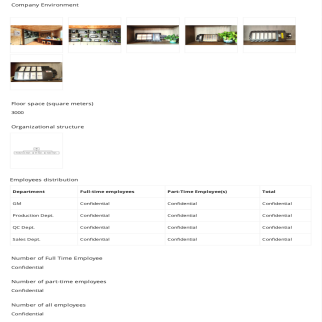
TUV-2
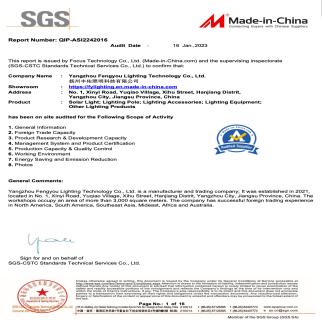
SGS-1

SGS-2
Specification
Power |
400W |
600W |
800W |
1000W |
1200W |
LED chip |
120/168PCS |
180/252PCS |
240/336PCS |
300/420PCS |
360/504PCS |
Battery |
3000mah |
3000mah |
3000mah |
4500mah |
4500mah |
Working time |
12H |
||||
Working mode |
Motion sensor + all bright |
||||
Material |
ABS plastic |
||||
N.W |
0.82KG |
0.98KG |
1.15KG |
1.35KG |
1.60KG |
Product size |
165*45*373mm |
165*45*437mm |
165*45*496mm |
165*45*556mm |
165*45*615mm |
Color box |
18x8x27CM |
18x8x33CM |
18x8x39CM |
18x8x45CM |
18x8x51CM |
Accessories |
Remote & screws packaging |
||||
How many years shall we replace the battery during solar street light use?
The battery replacement cycle for solar street lights usually takes 2 to 5 years, depending on the battery type, quality, usage, and environmental conditions.
1. Battery type and quality: Different types of batteries have different lifespans. For example, lead-acid batteries typically have a shorter lifespan, typically around 2 to 3 years; Lithium iron batteries have a longer lifespan, reaching 3 to 5 years. Meanwhile, high-quality solar cells use efficient photovoltaic materials and advanced manufacturing processes, which can provide higher charging efficiency and longer service life.
2. Usage: The frequency of use, charging and discharging cycles, and the degree of deep discharge of solar street lights can all affect the lifespan of the battery.
3. Environmental conditions: The environment in which solar street lights are installed, including factors such as temperature, humidity, and climate, can also affect the battery life.
To ensure the normal operation of solar street lights and maximize the battery life, it is recommended to regularly check the condition of the battery and replace it in a timely manner as needed. The specific replacement cycle can be determined based on the actual situation of the battery and the manufacturer's recommendations.
How to extend battery life when my customers are using the solar street lights bought from me?
To extend the service life of solar street light batteries, the following aspects can be considered:
1. Prevent overcharging and discharging of batteries: This is an important factor affecting the lifespan of batteries. Overcharging can cause thermal runaway of the battery, while over discharging can affect the number of charging and discharging cycles of the battery. Therefore, the charging voltage value should be strictly provided according to the instructions for use, and the solar battery should be used correctly to prevent excessive discharge of the battery.
2. Prevent undercharging of the battery: If the battery frequently remains undercharged, it will reduce the number of battery cycles and shorten the battery life. This situation may be due to a problem with the rack system, or it may be due to low voltage.
3. Control the ambient temperature: Both high and low temperatures can affect the service life of solar batteries. The typical usage environment for solar street lights is -20 °~40 ° C. The TCS technology for solar street lights can control battery charging and discharging, detect battery pack temperature, and enable solar street lights to be used in environments between -20 °~60 °.
4. Prevent rainwater from entering: The outer packaging of solar batteries must be tight enough to prevent rainwater from entering and affecting the battery's service life.
5. Stability of discharge charging: Frequent charging and discharging of lithium batteries, charging when not fully discharged, using external power sources, charging while using, or continuing to use external sources after charging, will not cause additional loss to the battery. However, during the charging and discharging process, voltage should not be too high or too low, otherwise it will affect the lifespan of the battery.
6. Control of charging and discharging: The number of charging and discharging times for batteries is limited, and we need to manage the number of charging and discharging times in order to maximize the lifespan of solar street light batteries.
7. Avoid purchasing spare lithium batteries for storage: even if the battery is not in use, its lifespan is naturally compromised.
The above is a method to extend the service life of solar street light batteries, hoping to be helpful to you.
IP66 CERTIFICATE

FCC CERTIFICATE

CE CERTIFICATE

IP66 REPORT

ROHS REPORT

FCC REPORT

CE REPORT

TUV-1

TUV-2

SGS-1

SGS-2
